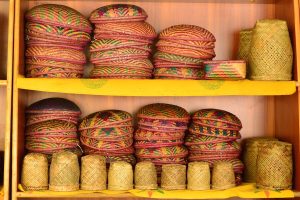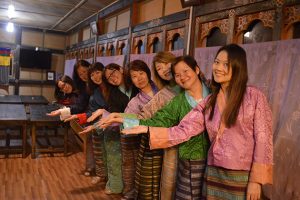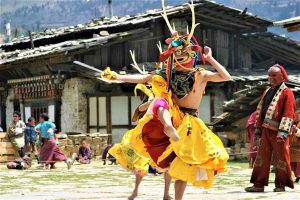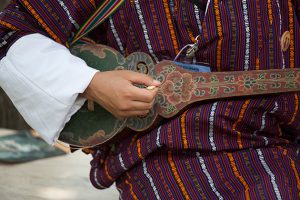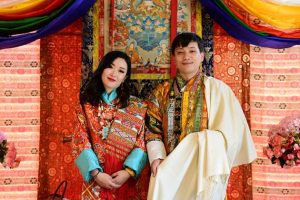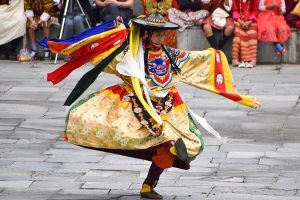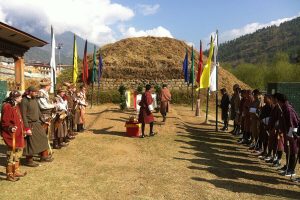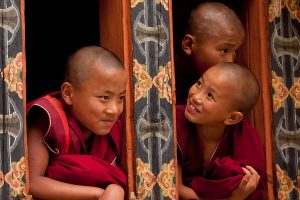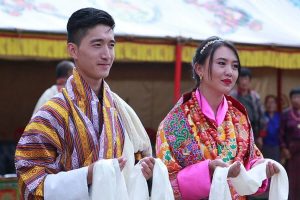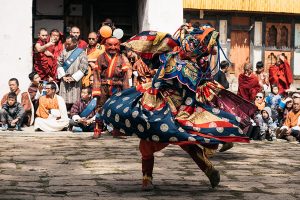Bhutan Tradition & Culture
A common sense approach is best in respecting and abiding by the Bhutan cultural customs and traditions, with most of these customs practiced throughout the Asian region. In respect for the monarchy, religion and monastic body, modest dress is required for both males and females.
Public displays of affection are not common. Always ask for permission before taking photos of people, events or objects. Photography is not permitted inside temples, monasteries or Dzong, but is permitted In the courtyards and external areas of these sacred religious sights. Touching of religious artifacts or antiques IS strictly prohibited, as the purchase and export.
Do not climb on or over Buddhist artifacts, antiques or ruins. The dress code in religious sites and at religious ceremonies/festivals is smart casual – shorts and sleeveless tops, sunglasses, and hats are not permitted. Shirts with collar and preferably long sleeves are recommended. Shouting and loud voices within a religious site are disapproved of. Encouragement of begging by offering alms, candy or money is discouraged, although small offerings at temples are customary. When approaching or visiting religious sites, passing chortens, mani walls and prayer flags always pass by to the left or clockwise.
Do not point with a single finger, an upturned flat extended hand is appropriate, especially when referring to religious or sacred objects. Shoes are to be removed prior to entering a temple, holy site or Dzong. Lakes are considered sacred, deities and gods reside not only in the lakes but also in the mountain peaks. Swimming, washing clothes and throwing stones into lakes is considered inappropriate as is mountaineering. There are so many more things that you should know about tradition & culture in Bhutan; hence, we would like to give you a Bhutan travel guide – Bhutan tradition and culture to help you get an insight into this Kingdom.

